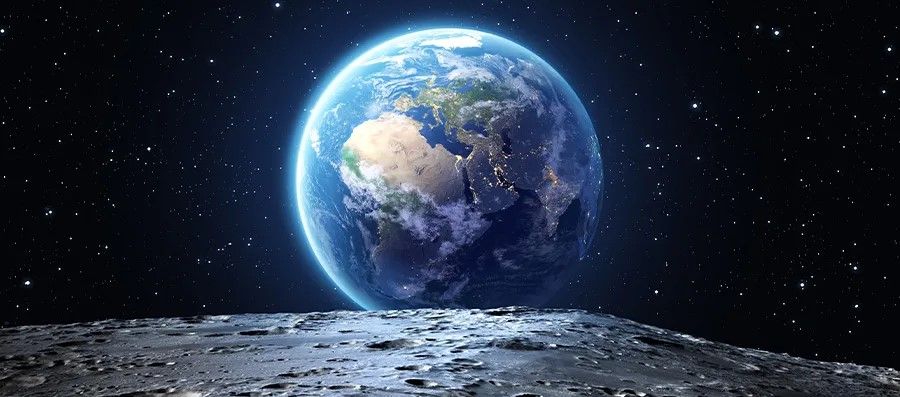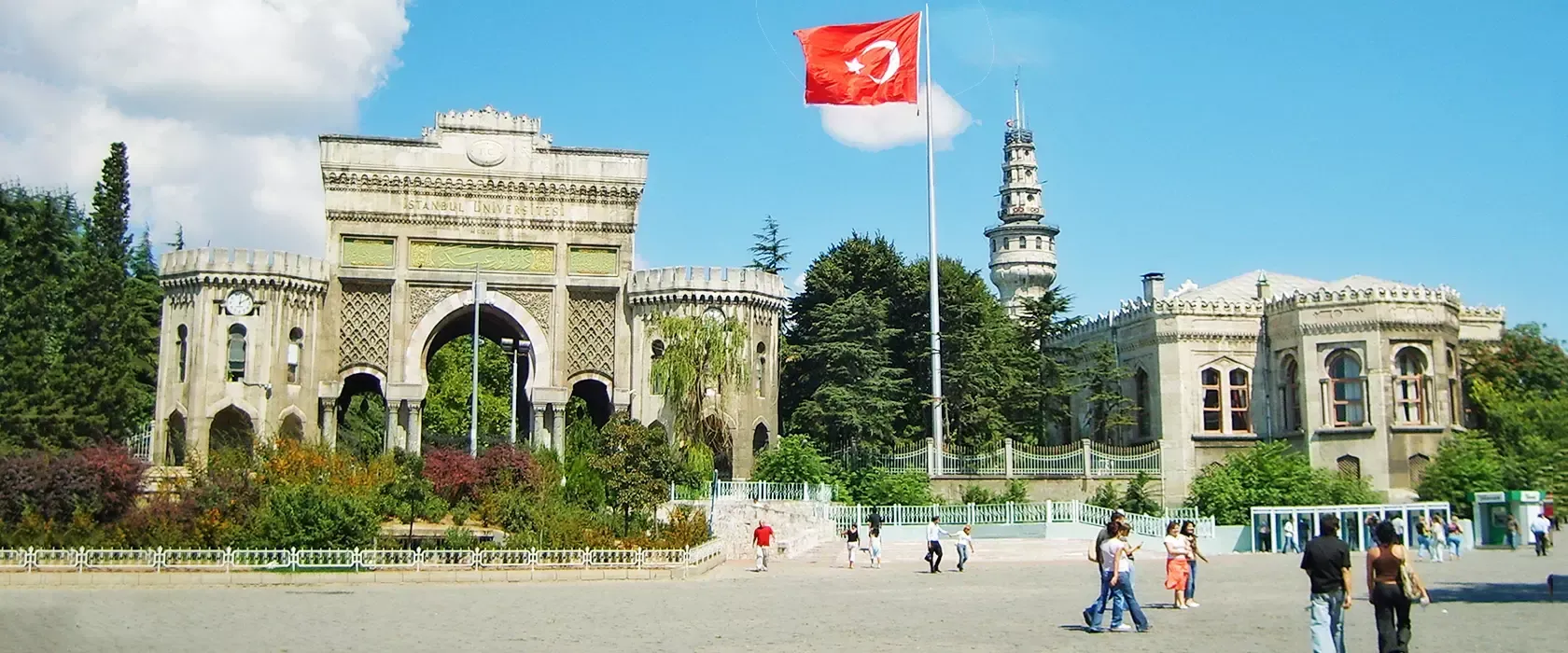What Would Happen If There Was No Moon?
What Would Happen If There Was No Moon?

Have you ever thought about how life would change if the Earth didn't have the moon as its satellite? Imagine looking out of the window and not seeing the moon in the night sky or walking in the dark without the moon following you. What is the purpose of the moon, and why does it exist? So, what if there was no moon? What would happen if the moon disappeared? How would Earth be affected by this? Let's explore the answers to these questions together.
What Is the Purpose of the Moon?
The moon, in addition to being a celestial object that beautifies the night sky when it appears after dark, serves many important functions. First and foremost, the moon contributes to maintaining the climatic conditions necessary for the continuation of life. It plays a role in keeping the Earth's magnetic field stable and ensures the continuity of the liquid state in the Earth's core. Furthermore, it shields the Earth from cosmic radiation.
What Would Happen If There Was No Moon?
As you can see, the moon has crucial roles to fulfill for the continued existence of Earth. So, what would happen if the moon didn't exist and couldn't perform these roles?
Without the moon, Earth's rotation period around its axis would shorten. This would result in days being shortened to about 10 hours, making them much shorter than they are now.
The presence of the moon helps protect Earth from asteroid impacts. If there were no moon, Earth would be more vulnerable to these impacts, and asteroid collisions would be more frequent.
The moon reflects sunlight and heat from the Sun back to Earth. Without it, Earth would be much darker and colder during the night than it currently is.
The contribution of the moon to climate stability would be lost, leading to more frequent and severe storms. Additionally, the timing of seasons would be altered.
Significant changes would occur in the Earth's atmosphere, potentially leading to a thicker atmosphere.
Tides in the Earth's seas, caused by the gravitational pull of the moon, would be greatly reduced if the moon didn't exist. However, they would not completely disappear, as the Sun's gravitational pull would still have some effect.
The Phases of the Moon
When we observe the moon from Earth, it appears in different shapes and forms. Sometimes it's a full circle, sometimes it's divided in half, sometimes it resembles a "C," and sometimes it's not visible at all. These different appearances of the moon depending on its position are called moon phases.
There are four main phases of the moon:
New Moon: In this phase, the moon is positioned between the Earth and the Sun, so we cannot see the part of the moon illuminated by the Sun.
First Quarter: About a week after the New Moon phase, the First Quarter phase occurs. During this phase, we see only the right half of the moon illuminated. The moon appears as a half-circle.
Full Moon: Following the First Quarter phase by about a week, the Full Moon phase occurs. During a Full Moon, we see the entire moon illuminated, presenting a complete circle.
Third Quarter: After about a week from the Full Moon phase, the Third Quarter phase occurs. In this phase, we see the left half of the moon illuminated, creating another half-circle appearance. Unlike the First Quarter phase, it's the left half that's lit.
In addition to these main phases, there are two intermediate phases. The crescent phase occurs between the Third Quarter and New Moon phases, and the gibbous phase occurs between the First Quarter and Full Moon phases.
Now that you know how important the moon is for our existence, you can also use your knowledge of its phases to estimate its current phase when you look up at the night sky.




